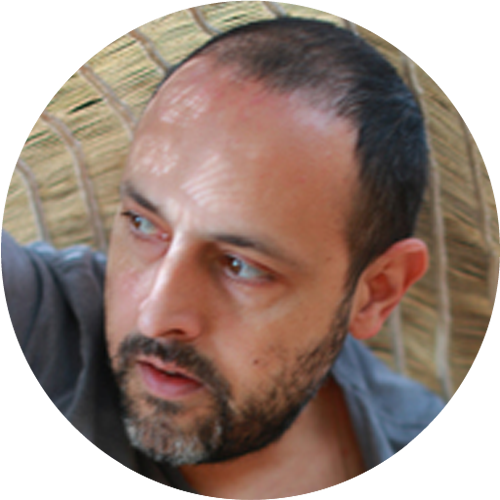Address
Setor de Difusão Cultural Via N1, St. de Divulgação Cultural - Eixo Monumental, Brasília
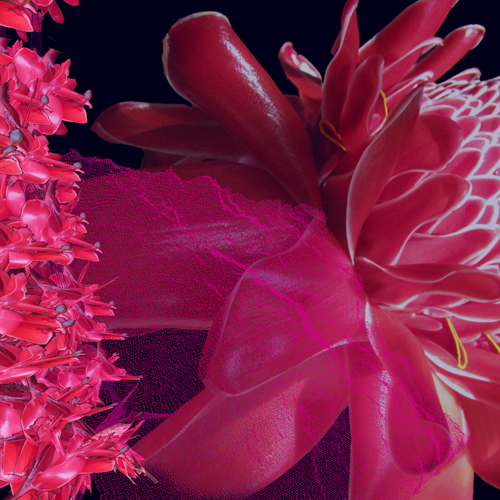
JardimDeEpicuro_3: a locus where numbers and human emotions were miscegenated to create a virtual garden, its flowers, fungi and insects, through a computer brain interface. It brings into the mind the mystery, wonder and beauty of the natural processes that are being lost by human inertia. She draws inspiration from Epicurus, a Greek philosopher of antiquity, and his garden on the outskirts of Athens where he taught philosophy. JardimDeEpicuro_3 is a work of computational art for enjoyment, for the expression of poetic and aesthetic qualities, for the immersive experimentation with sensations. It aims to provide a symbiosis through which the emotional states of an interactor, captured through a neural helmet, such as excitations and frustrations, affect the virtual realms of the garden within the computer by changing its settings.
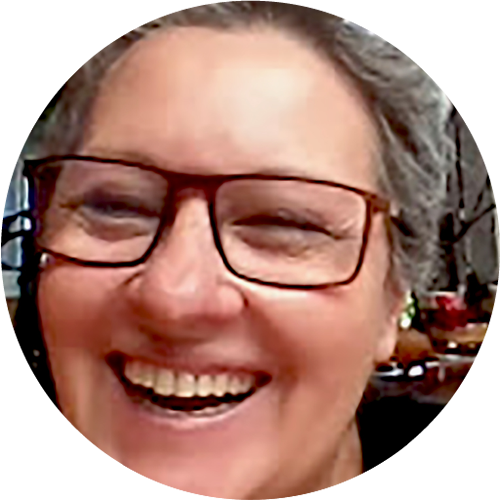
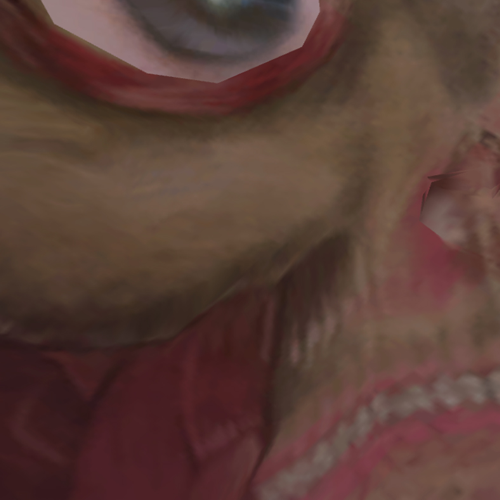
“Look at you” is an artistic installation in immersive virtual reality. Through the lockup look inside a simulated human head in three dimensional environment, we intend to investigate the sensory relationship of the dialogue with the representation of a human body in transformation and the lack of control on the body changes. The operation of the installation has as data input the movements performed through the head of the interactor, and trigger, as output, actions in the cyberspace of the installation.
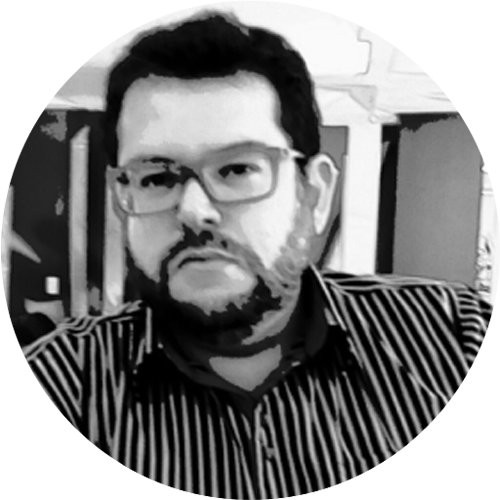
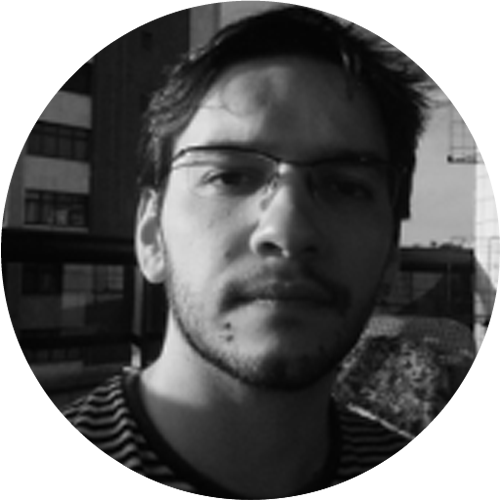
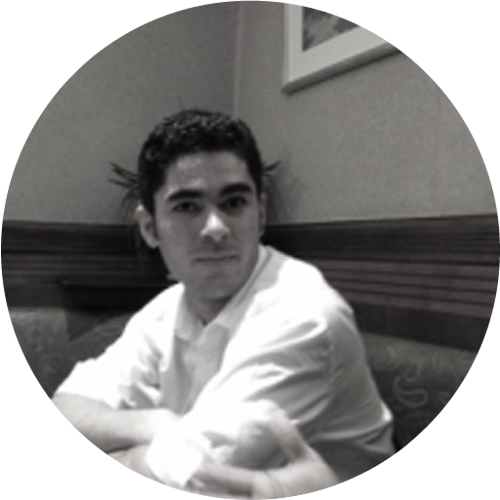
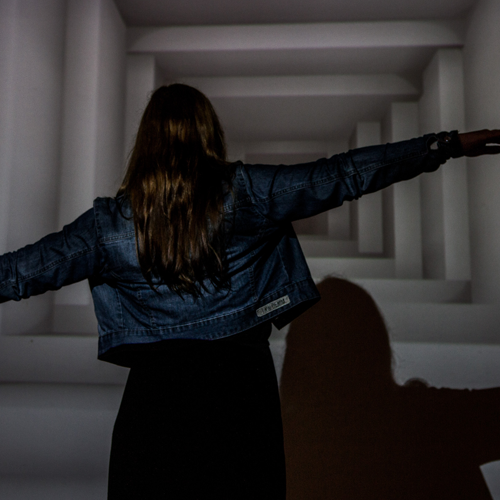
“Ambulações” consists of an interactive installation that problematizes the act of wander around when exploring bodily aspects of balance / imbalance, precision / randomness, closeness / withdrawal. From the displacements between physical and digital spaces, the body wanders and expands its perceptive experience in relation to the environment in which it finds itself. In such a way, the projected image of the body does not represent it, but nevertheless makes it present in the simple daily action of wandering.

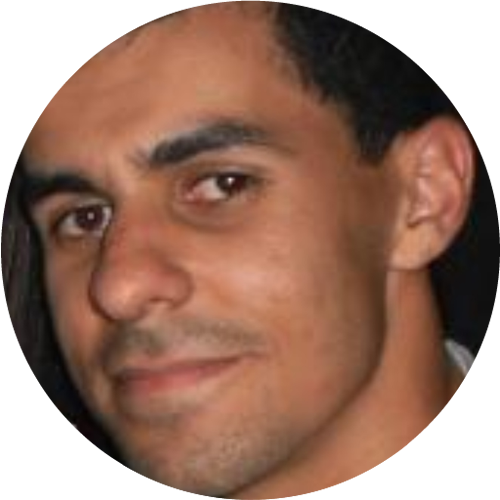
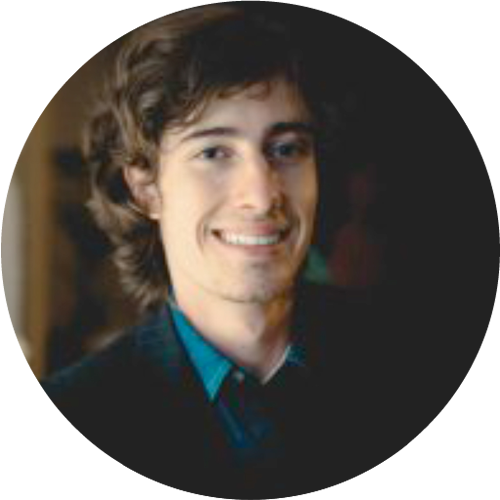
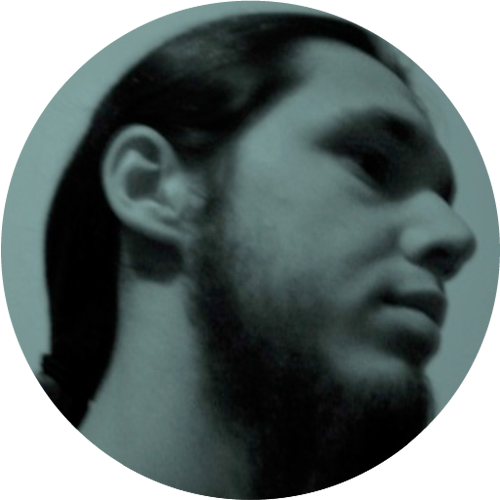
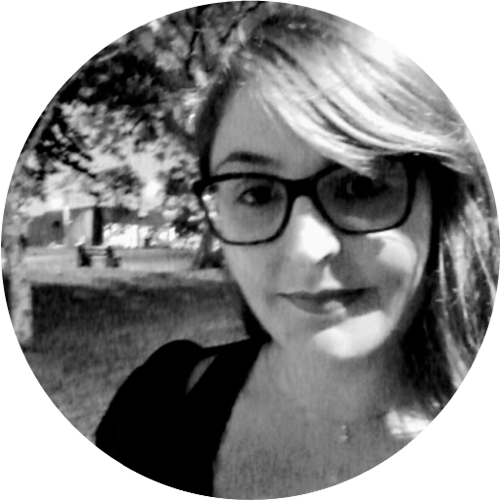
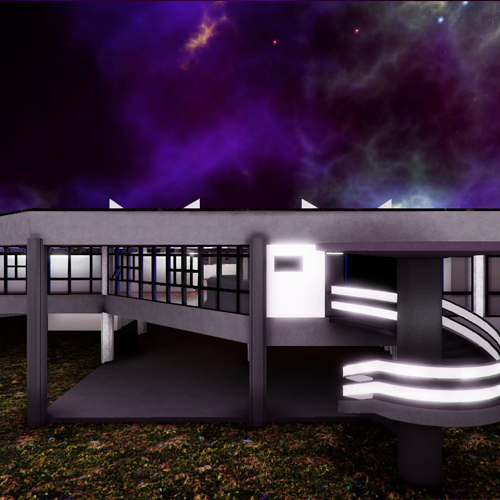
At the end of the year 2015, Paço das Artes was informed that it should leave the headquarters that occupied since the 90s in the university campus. Created in the 70’s, Paço das Artes never had a definite headquarters. Nevertheless, it has built a unique trajectory within the context of contemporary art, fostering, diffusing and opening space for the young Brazilian art. And in this spirit, to make room for the most innovative and experimental that we have built ExPaço. Modeled in 3D from the last headquarters of the Paço das Artes, ExPaço is not only a memory space, but a digital museum designed to house the different manifestations of contemporary art. It is about, not only to rescue the past, but to reinvent the future.

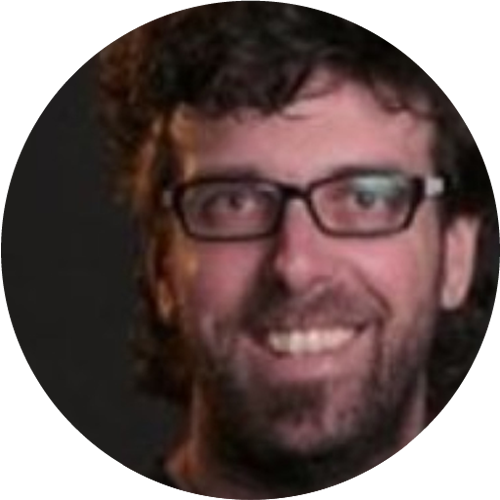
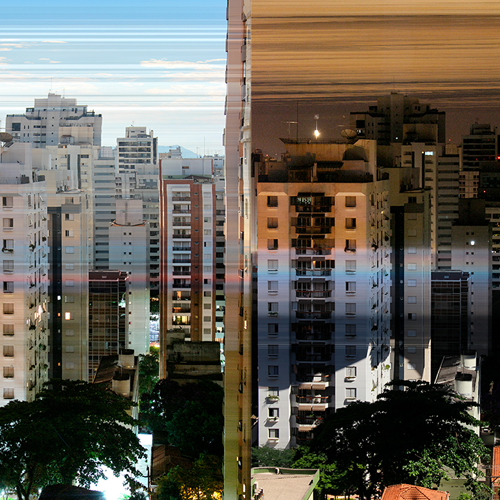
Candles have been used as watch: knowing the time of burning of a candle, you can build a ruler indicating the time passed since the candle was lit. When a candle ends, simply replace it so the watch does not stop. Candle Clock appropriates the movement of a shrinking candle by drawing horizontal lines from top to bottom over time so that a line contains pixels earlier than the lines below. The software allows the user to specify how many columns – or candles – the image should have, and how long all columns should be filled, so that we can have images where each column represents a minute, an hour or a whole day.
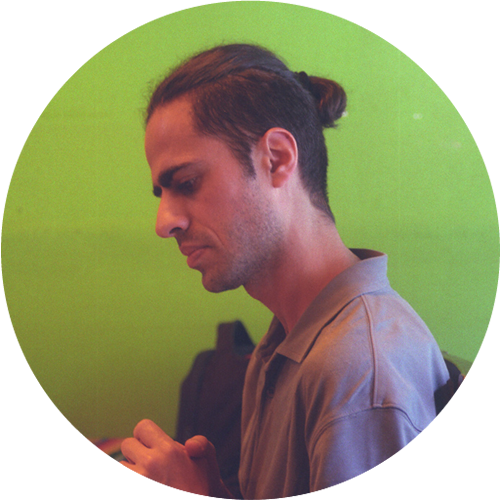
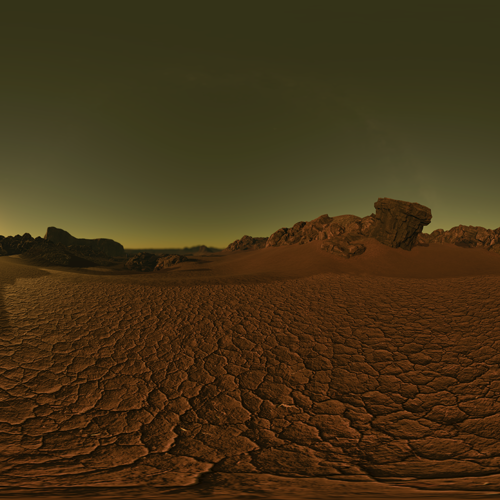
Desertesejo is an artistic project of Gilbertto Prado developed in the Rumos Novas Mídias Program of Itaú Cultural, São Paulo, Brazil, in 2000. The project is an interactive virtual multiuser environment built in VRML that allows the simultaneous presence of up to 50 participants. Desertesejo poetically explores geographical extension, temporal ruptures, loneliness, constant reinvention and the proliferation of meeting and sharing points.
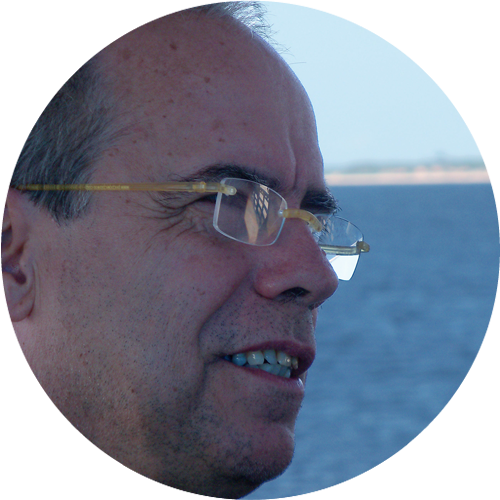
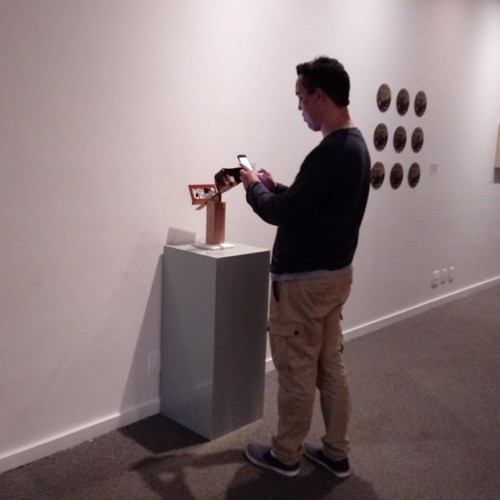
The stereoscopic camera has two lenses, whose function is to instantly capture an image from two different angles that, when viewed simultaneously, impress on the observer the visual impression of three-dimensionality. The Stereoscope, on the other hand, is an instrument of vision, invented in century XIX, to visualize these photographs.
The works Esterescópio I and II are fake stereoscopes. In them, the observer sees two distinct images, arranged side by side that, when viewed by the lens of the apparatus, impresses the observer not with the impression of three-dimensionality, but of shuffling, of overlapping images, resulting in confusion and visual discomfort in the observer.
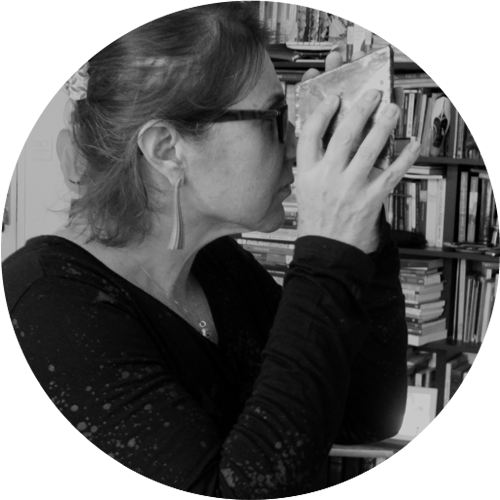
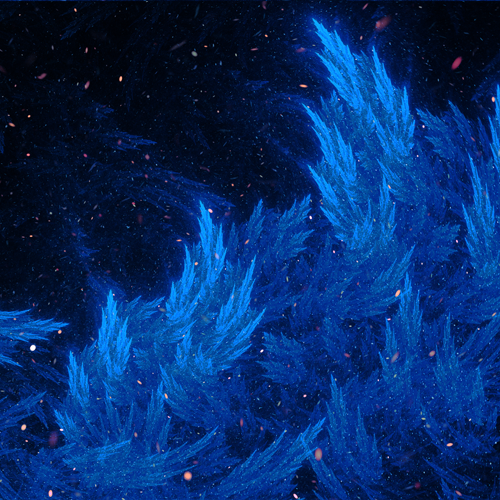
Fractal art exists as digital art and creates a rich creative space through infinite universes of geometry and recursion. The work “Eu nunca vi a luz do dia” allows immersion in a virtual reality space built by fractals and images created by the artists themselves. Images are explorations of multiple styles within fractal art, showing all their potential within their own language and as varied styles within abstract and figurative painting, revealing works with depth and colors in self referenced patterns that oscillate between dynamic and static forms, offering a contrast to the perception of varied feelings.
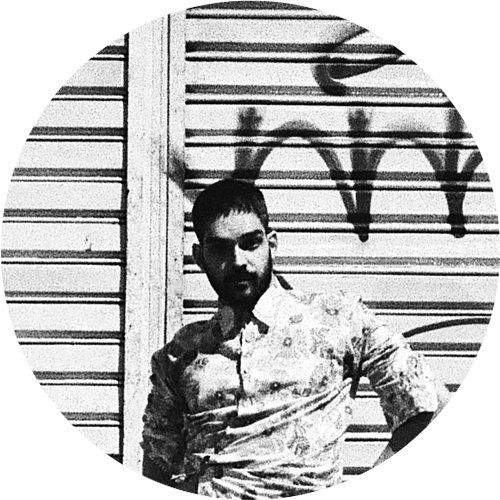
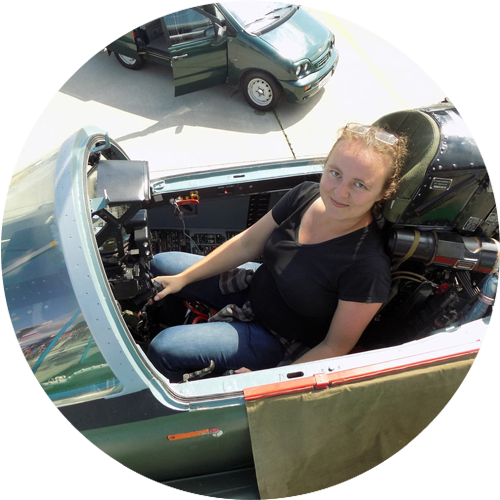
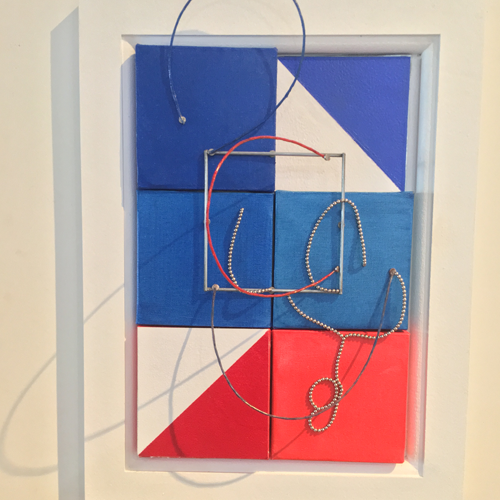
Virtuality and actuality are two instances of reality. With computer art we can generate a virtual, synthesized, artificial, numerical and digital reality, where the electronic impulses that run through the circuits of a microprocessor have the force, that is, the (virtual) power to constantly update themselves when facing interactor actions. In this sense, we propose an interactive hybrid installation that, in a pictorial support, allows the association of small objects and utensils with the virtuality of generating aesthetic states in their actuality. The interactive installation makes possible a hybridization of the visual and sound forms, the arts, languages, technique, forms of thought and perception.
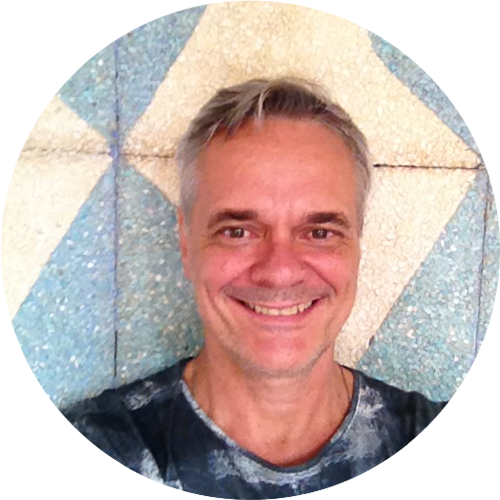
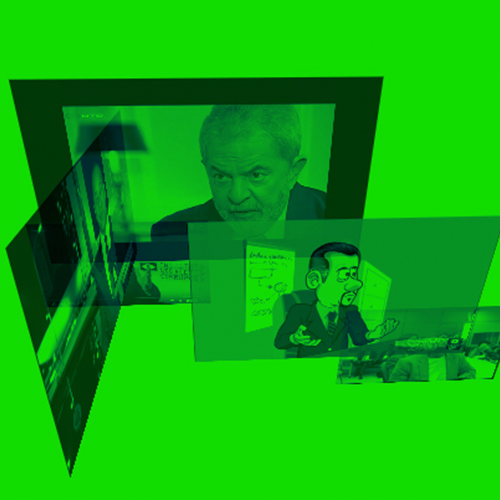
Programação generativa a partir de busca com a palavra-chave ‘corrupção’.
